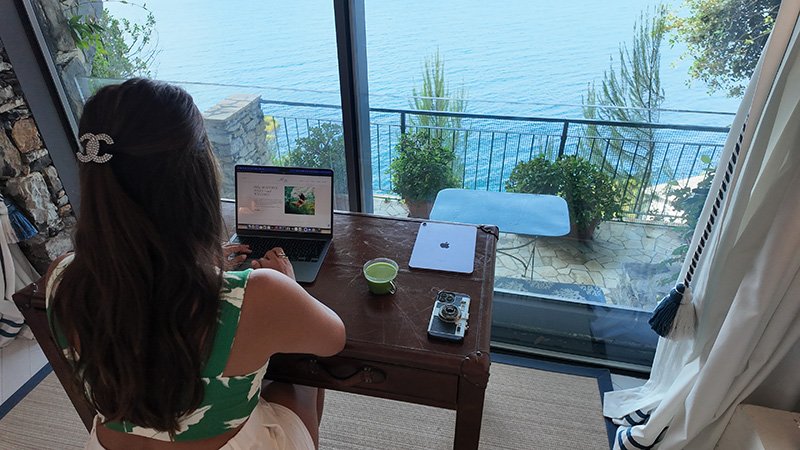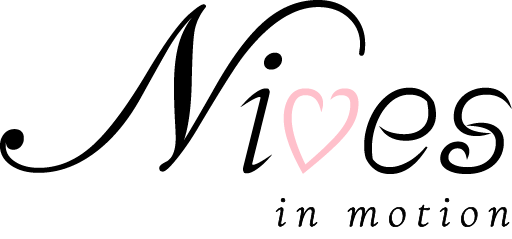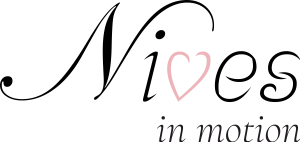
Running on coffee & chaos? Let’s talk Time Blocking & Energy Mapping
If you’re anything like me – living that buzz F1 (or similar) lifestyle full of to-dos, calls, creative bursts and way too many tabs open (in my brain and my browser) – you’ve probably asked yourself: “How do I actually get everything done without feeling like I’m racing the clock all day?”
That question is what got me into the world of Time Blocking and Energy Mapping. I’d been trying to make my calendar work for me – color-coded blocks, back-to-back sessions, deep work slots, all the things. But no matter how planned I was, the reality of working life kept getting in the way – especially in the fast paced environment that I am in.
Let’s be honest for a second: being employed, it’s not always easy to consistently plan your work day the way you imagine it – especially as mostly you’re not the one calling all the shots. When you’re employed, in a team or part of a fast-moving company, you don’t always get to choose when meetings happen or when your most important tasks need to get done. Sometimes you’re just responding to the pace around you. And trying to perfectly time-block your calendar or match your energy to every task? Yeah… easier said than done. But even so, these two approaches can still be game-changers. Even if you can’t apply them 100%, knowing about them helps you find small ways to work smarter, protect your focus (and maybe even design little windows of sanity in the chaos 😆).
So let’s dive in. Two different approaches to manage your time and energy. One shared goal: get more done, feel less drained. Here’s how they compare – and how you might actually make them work together.
The ‘tetris’ method for organizing your day
Time Blocking is like productivity tetris. You break your day into chunks and assign each one a specific task. It’s structured, clear and helps you avoid falling into the black hole of distractions. This is the method I read first from Cal Newport in Deep Work – and for good reason. It builds focus like a fortress. You know what you’re doing and when. No guessing, no flailing.
Perfect for: structured thinkers, planners or anyone juggling a lot of hats.
The downside? Life doesn’t always follow your plan. One surprise meeting or urgent task and boom – your neat schedule gets derailed. And in a team environment, you’re rarely the only one holding the calendar pen.
Catch the wave: Planning your day by vibe, not the clock
This one’s a bit more intuitive. Instead of scheduling by the clock, you plan your day around your energy. You figure out when you naturally feel sharp, creative, tired or wired – and align your work accordingly.
Daniel Pink explores this beautifully in When, showing how our productivity ebbs and flows throughout the day, which – if you think about it – is absolutely logical. With Energy Mapping, the goal is to ride those waves rather than fight them.
Perfect for: creatives, entrepreneurs, neurodivergent minds or anyone looking for a more intuitive rhythm.
The downside? It’s harder to control in structured environments. You might want to write during your 10am brain peak – but what if you have back-to-back calls? Exactly.
Battle of the productivity methods (or… are they secretly friends?)
The honest answer? Actually they can be. Neither wins. Both do. It depends on you – and your context.
Time Blocking is amazing when you can set the pace. Energy Mapping is magic when you can tune into your own rhythm. But real life? It’s often messy. And that’s okay.
You don’t have to go all in on one or the other. The goal isn’t perfection – it’s awareness. Knowing how you work best helps you navigate the days when you don’t get full control. It lets you build buffers, say no more strategically, or use even just 30 minutes of peak energy for your most important task.
Why I’m mixing structure with flow – and you might, too
Personally, I try to combine the two – but not in a rigid, “follow-this-plan-or-fail” way. I use Time Blocking to sketch out the shape of my day, but I stay flexible and let my energy guide the intensity.
Here’s how it usually plays out:
• I block focused work in the mornings because I know that’s when I’m sharpest.
• I use post-lunch hours for calls or admin tasks that don’t need peak creativity.
• If I’m crashing hard, I don’t force deep work – I pivot to something lighter – whenever possible of course (little bit tricky on race weekends 😅).
Some days it works beautifully. Some days go completely off the rails. But even then – I know what I’m aiming for. That awareness keeps me from feeling lost in the blur.
Real life isn’t color-coded – and that’s okay
In the end, productivity isn’t about forcing yourself into someone else’s system. It’s about figuring out how you work best – and designing little moments in your day that actually support that.
Time Blocking might give you clarity. Energy Mapping might give you flow.
The real magic happens when you listen to yourself – and build a rhythm that makes sense for your actual life, not the ideal one in your head.
Whether you’re racing through deadlines or just trying to find a little more balance in your week, these tools are here to serve you – not stress you out.
Here’s to making your day feel like yours.
With love, Nives
Download this article
If you like this article, you can save it for future


POST COMMENT